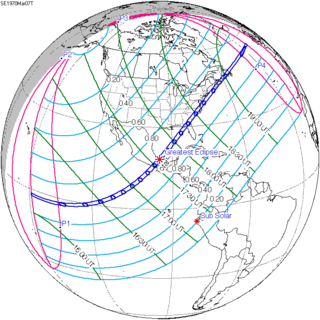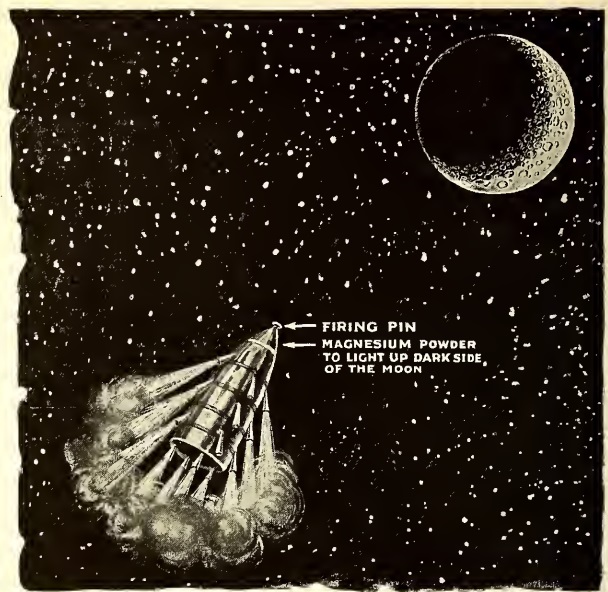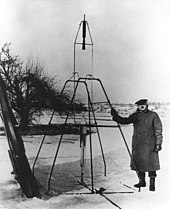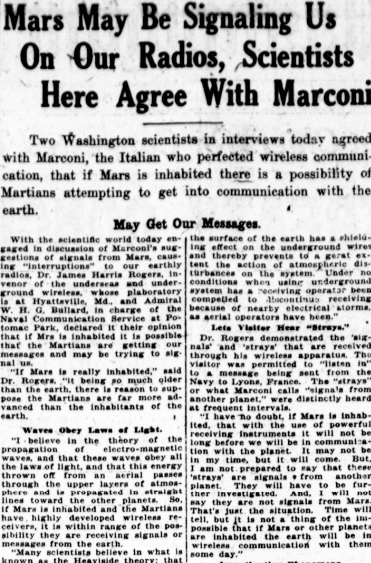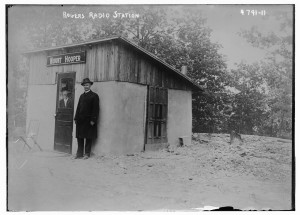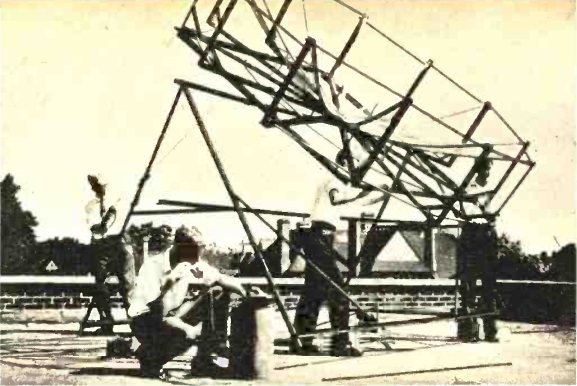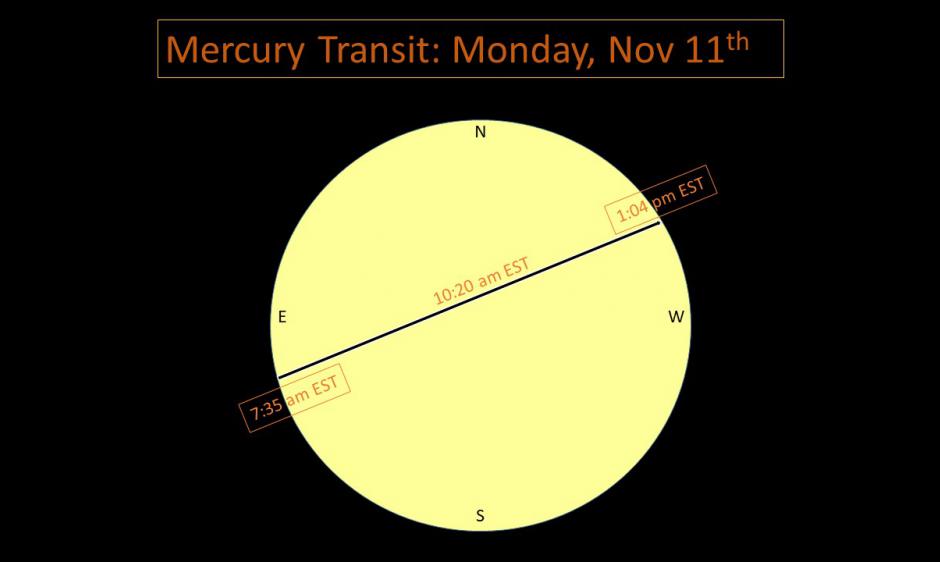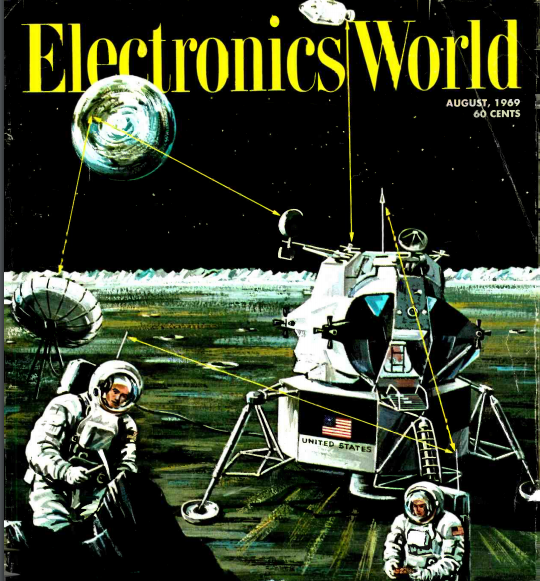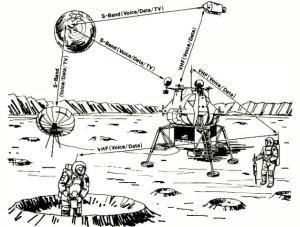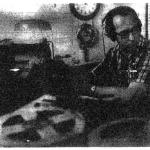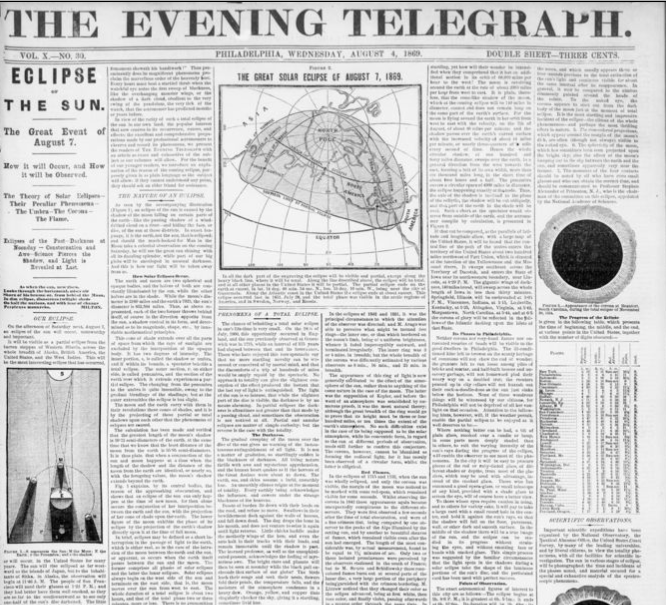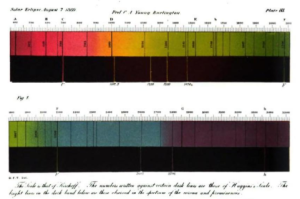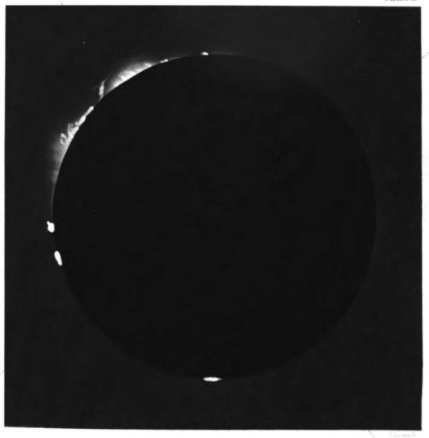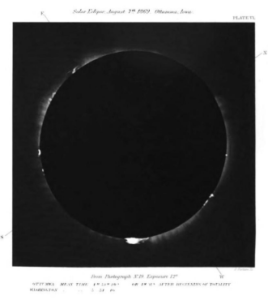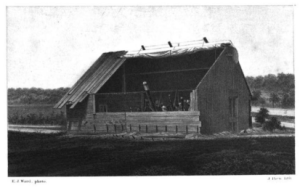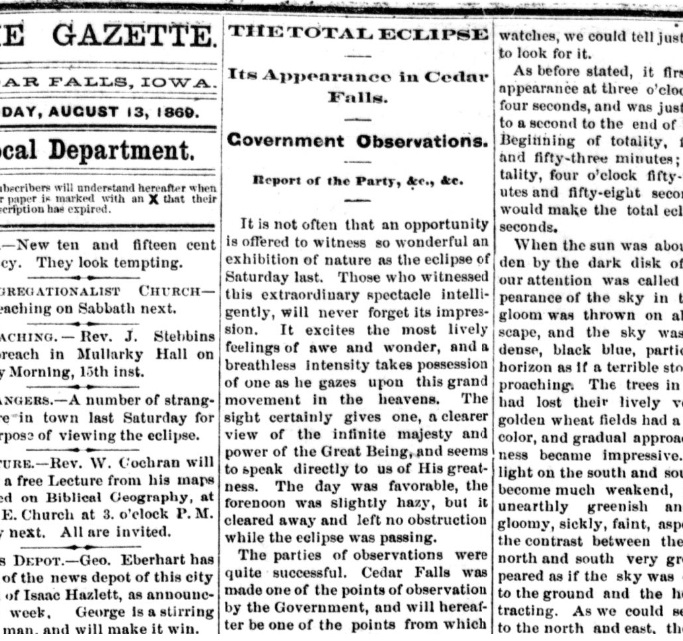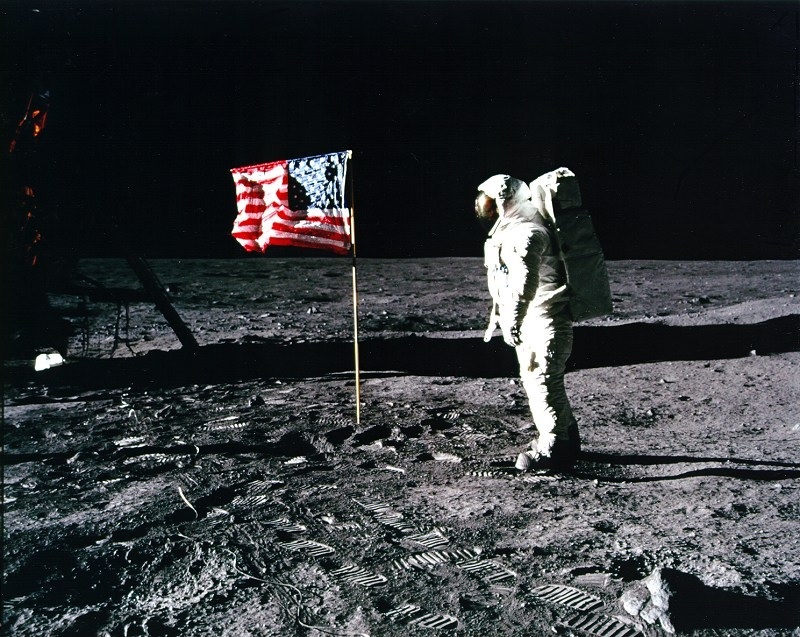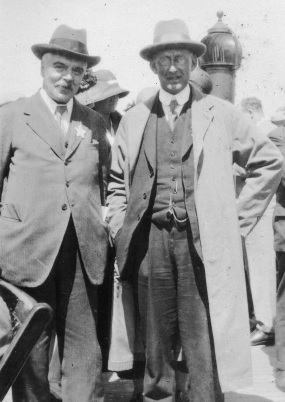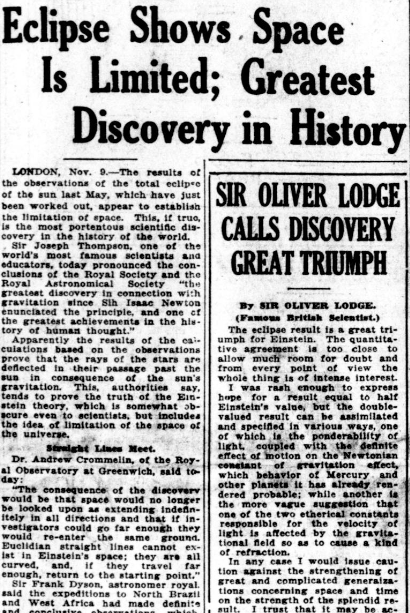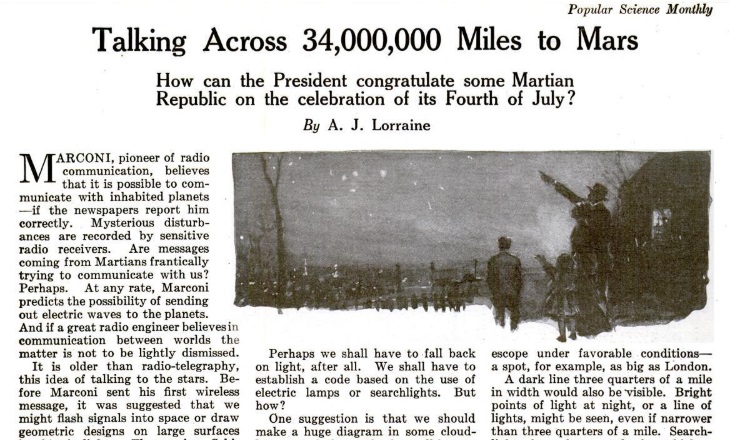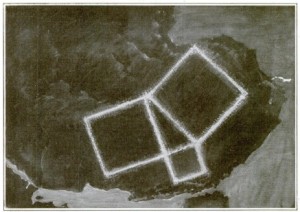
Crowds descending on Virginia to view 1970 eclipse. NASA photo.
Today marks the 50th anniversary of the total solar eclipse of Saturday, March 7, 1970. As I previously recounted, this was the first eclipse I witnessed. That eclipse began in the Pacific and had a path of totality that crossed southern Mexico before entering the Gulf of Mexico.
Then, the shadow hit the United States , first in Florida, then Georgia, then the Carolinas and Virginia, then grazing Maryland before heading back out to sea, saying goodbye to the United States at Nantucket.
For those with Learjets, it then crossed Nova Scotia, Newfoundland, and the French island of Miquelon, before heading out to sea again into the North Atlantic.
Where I was in Minnesota, it only covered 47% of the sun at high noon. If nobody had told me about it, I probably wouldn’t have noticed. It didn’t get dark outside, and no animals were confused by sudden darkness. But that day, it was the biggest deal in the world. The moon contained fresh footprints of Americans who had walked on its surface less than a year earlier. Now that same moon was casting its shadow over me.
To me and my fellow third graders, it was presented as a big deal. And it was a big deal. If there had ever been any doubt about it, yes, the moon went around the earth, the earth went around the sun, and sometimes they got in the way of each other. Any third grader could see tangible proof.
In school, we had learned all about umbras and penumbras, and by the time the big day came, I was an expert on all things eclipse. With a shoebox, some foil, and a note card, I constructed myself a pinhole viewer. I figured that if a pinhole was good, then a giant hole would be even better. Fortunately, my mom corrected my error and got the viewer in good working order.
I pointed the box at the sun coming in the window, and sure enough, there was a little crescent shape of sunlight coming in through the round hole, plainly visible on the note card.
Perhaps I was a little disappointed at the tiny size of the image, but it didn’t matter. Right there in my shoebox was proof positive that the moon orbits the earth. I didn’t have to take anyone else’s word for it. The proof was right before my eyes.
The home movie here shows some of my contemporaries in North Carolina who had the fortune of being in the path of totality:
From our location, we had to turn on the TV to see the full effect, and we witnessed the darkened skies and the amazed reactions of those who went outside to see it. I don’t remember too many details about the TV coverage. Mostly, I remember some poor confused rooster in Georgia crowing in the middle of the day.
I believe it was the CBS coverage that I watched on TV fifty years ago today, and that broadcast is available on YouTube. (You can hear the rooster at 22:23.)

Examining the confused rooster. CBS-TV via YouTube.
Here is another reminiscence of another kid who was older than I was and who lived closer to the path of totality. As he recounts, he was able to talk his dad into driving him the 200 miles to totality where he was able to set up his telescope and take some photos.
When my friends and I got back to school the next Monday, the eclipse was the topic of conversation. We knew how the universe worked, because we had seen it with our own eyes. It was a big deal, and the kids remembered it.
In 1970, we were over a thousand miles away from the path of totality, and going to see it wasn’t really an option. But I envied those people and roosters on TV who got to see it in person.
The next total solar eclipse in North America will take place on Monday, April 8, 2024, just over four years from now. The path of totality will be a narrow strip passing through Mexico and Canada, and the states of Texas, Oklahoma, Arkansas, Missouri, Illinois, Kentucky, Indiana, Michigan, Ohio, Pennsylvania, New York, Vermont, New Hampshire, and Maine. The path of totality includes a number of large cities, including, San Antonio, Austin, Fort Worth, Dallas, Little Rock, Indianapolis, Cleveland, Buffalo, and Rochester. That path through Canada will include Windsor, ON, and Montreal.
My family went to see the 2017 eclipse, and the 2024 eclipse will be within a days’ drive of most of the population of the United States. It’s an unforgettable experience, and you should plan on seeing it, just over four years from now. It will be a school day, and if 2017 is any guide, most schools will fail to do anything meaningful. I rarely encourage truancy, but kids should skip school that day, and instead travel to the zone of totality. When I’m substitute teaching, I tell kids to ask their science teacher on the first day of the 2023-24 school year if there will be a field trip to see the eclipse. If the teacher balks, then I tell them they should plan on skipping school. From where I live in Minnesota, it’s a day’s drive to Illinois or Indiana to view it. Kids who are currently sixth grade and older will probably have their driver’s licenses by then. And all of the kids probably have parents who can take them.
You should also pencil in the 2024 eclipse on your calendar. Keep following OneTubeRadio.com, and we’ll certainly remind you. My experience from 2016 is that if you make your travel plans about one year in advance, there will be plenty of inexpensive accommodations available. If you are a student or parent, then you should plan on bugging the science teacher in September 2023 about organizing a trip. Just as I tell the kids here, if he or she doesn’t seem enthused, then you should take matters into your own hands.
When I’m teaching a class, there are often one or two kids in the class whose parents took them to see the 2017 eclipse. I ask them if it was the coolest thing they had ever seen, and they invariably say that it was. If you had asked me fifty years ago, I would have said that it was pretty cool, even though I was stuck mostly watching it on TV. It took 47 years to actually go see a total eclipse in person, and I can vouch for the fact that it was indeed the coolest thing ever.

